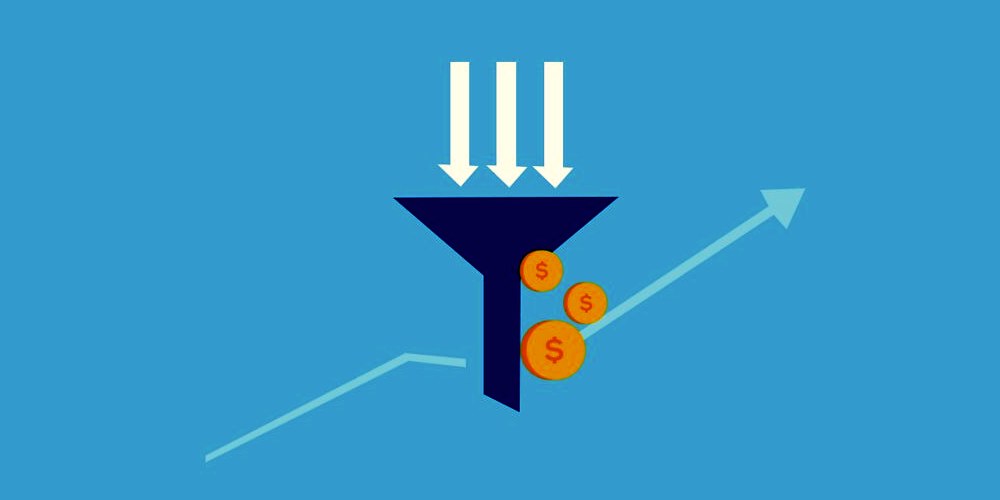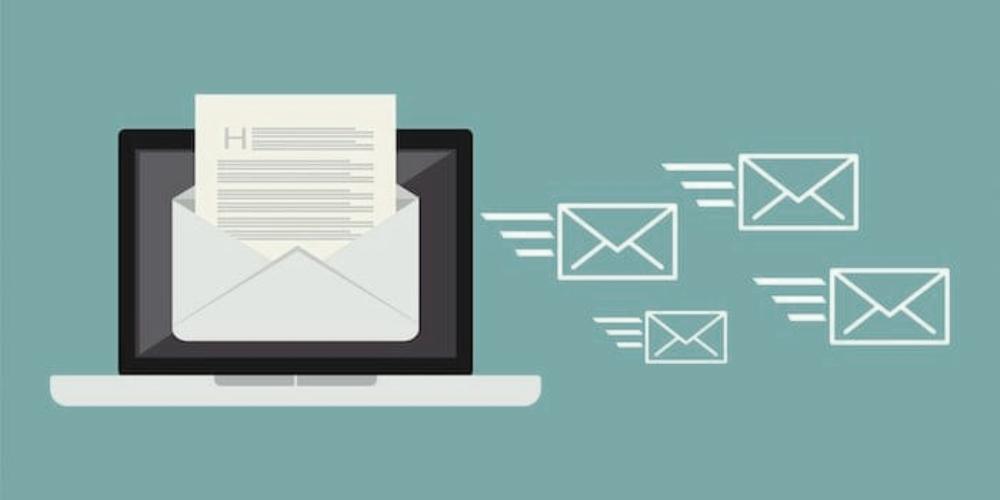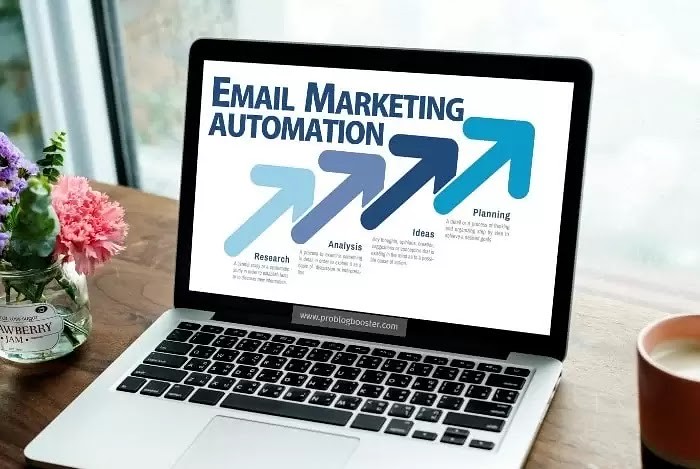B2B intent data is the psychological data of the user that helps understand what keeps them motivated to purchase a specific product or service. The different motivational steps or interactions with the representative leading to the purchase is all hints, of the customer’s preferences, dislikes, etc. It helps in the build-up of the accurate B2B intent data.
The intent data is necessary to have the right business conversation with the potential customer. As a marketer, you should have the basic idea of the customer whom you are going to approach!!!
Intent data helps you in this approach. Not only it gives you the idea about the preferences of the customer, but also, gives insights about what the user might purchase in the future. It makes the marketer or sales representatives clear about the intentions of the customer.
And, do you know what experts say about intent data?
Greg Cypes, Head of Product at Zaius, states:
“Intent data is the data that indicates your buyers are likely to make a purchase soon, some intent data sends a stronger buying signal than others, but all of it is incredibly useful information for digital marketers.”
Actionable intent insights are what the stakeholders, such as the marketing and sales team, need from the intent data.
Check the below Pictorial Representation:
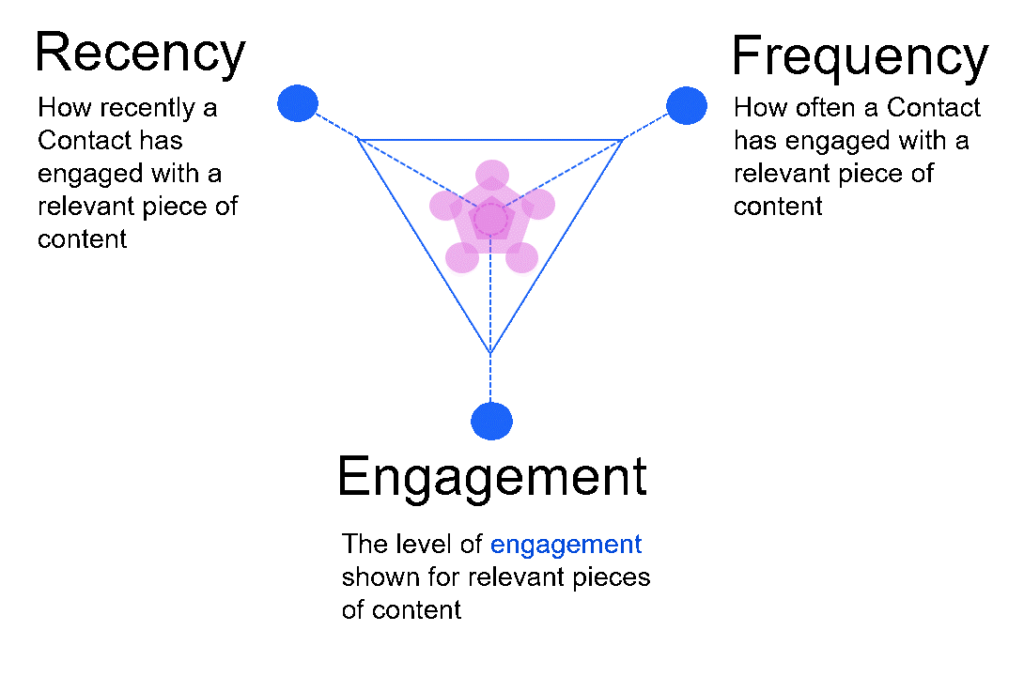 Image source: unboundb2b.com
Image source: unboundb2b.com
As you can see here, it shows the recency of data, which facilitates understanding the behavioral pattern of the consumer. The behavioral pattern includes, like when was the last time the visitor was engaged via a piece of content, what was the number of times he got engaged with that, and what was the engagement level such as how much time he spent on the content, among others. With this information, you can understand the interest level of the audience. Remember intent data also helps develop the right content that can act as a sales engine for your process, rather than just having a decorative piece of content.
Table of Contents
A Brief Discussion about Intent Data and its Innovation Trajectory:
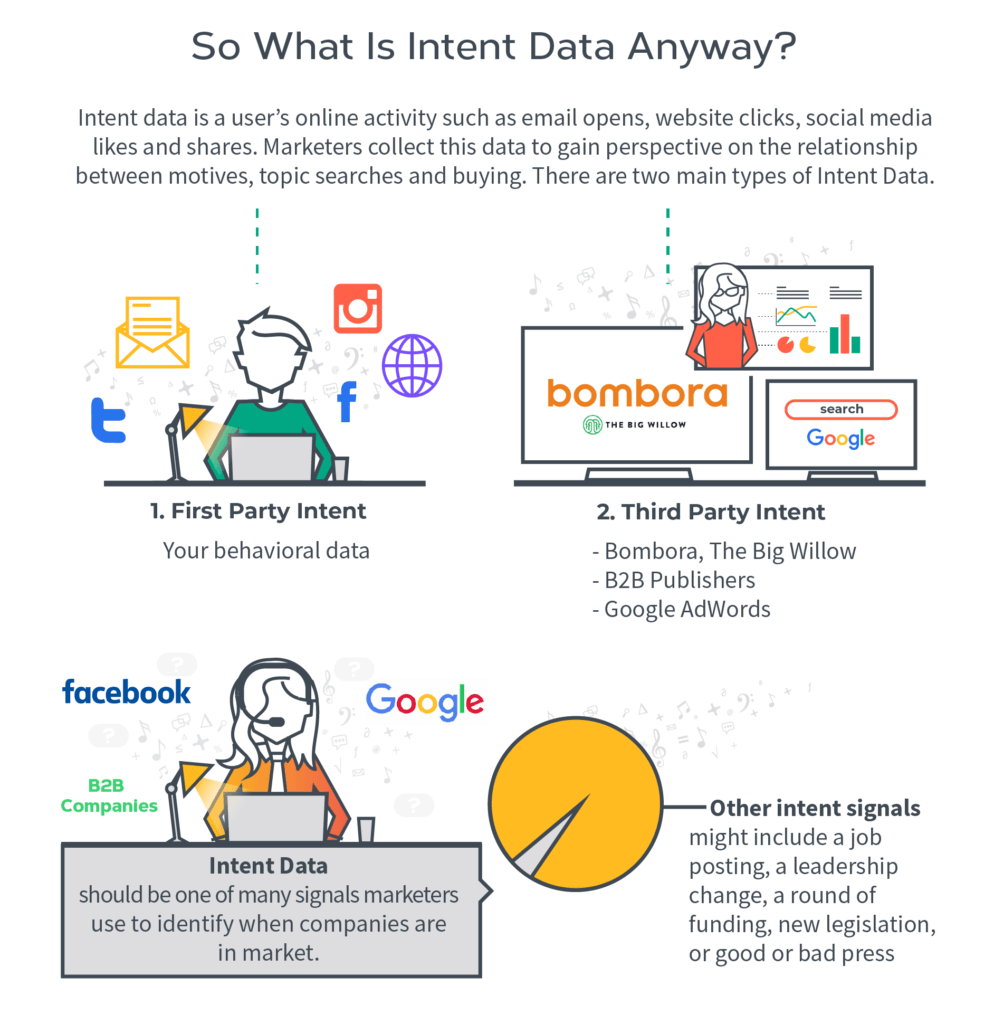
Image Source: leadcrunch.com
From the above example, you can see there are many types of intent data:
- First-party Intent Data: The first party intent data includes the behavioral data or the information of the visitors landing on the site.
- Third-party Intent Data: This data is collected from the website cookies, downloaded content, by tracking the traffic via internet protocol, etc.
- Other Intent Signals: The other intent signals include the job posting, change in the role of executives at higher positions, etc.
Intent Data’s Innovation Process:
Intent data help organizations to innovate the right approach for the sales and marketing process in the system.
It helps understand the probability or chances of the prospect of buying the product or service. The approach is new as before marketers were analyzing only the behavior, preferences of the customer, but with intent data, they could now actually calculate the probability of their purchase.
Analytical practices come in handy with any kind of research on data. More number of organizations are getting used to being driven by data, intent data offers a new world of experimentation for these organizations. They can just pin down the exact needs of the buyer to strategize their next marketing approach. The right marketing strategy, plan, and approach are what make the difference. Early adopters can benefit the most by getting the feedback of customers for the continual improvement of the process. This is the reason why almost 25% of the companies are using intent data, while 35% are planning to implement it very soon.
Some of the Common uses of Intent Data are:
1. A Right Verbal and Written Communication:
With the help of intent data, the marketing and sales team could personalize their outreach. They could reach these prospects at the time when they are ready to buy the product or service. With many businesses vying up to acquire the same customer, personalization is highly useful to acquire the desired customer and outsmarting other competitors.
2. Advertising with the Right Targeted Approach:
Even if you are aware of the potential customer you should know how to target them. Without that approach, your campaign would falter. The intent data could help develop the laser-focused targeted advertisements to connect with the potential customer.
3. Filtering out the Account Lists:
The teams in an organization could filter out the targeted account lists who have shown much interest in purchasing the service and then approach them, it thus reduces the time of the sales cycle and increase the conversions at the right time.
4. Bang on Content:
Create content that resolves the pain points of the consumer.
How intent data come into the picture here?
With intent data, you understand the pain points of your customer.
A simple question, why do we all purchase any product or service?
To make our life easier!!!
We would just take the example of the current pandemic situation. Consumers from all the income groups now put more emphasis on their health and fitness as they know it would keep the virus at bay. The healthcare product companies recognized this pain point and used it to their advantage by successfully selling various disinfectant products to these consumers. It is just not that only branded companies are making profit, but also many small healthcare product companies are also reaping high revenue by selling these products. This shows consumers buy products to feel comfortable and safe, not because the product is from a reputed brand.
B2B Intent data just dig deep to the point where one can understand what makes the B2B consumers feel comfortable and safe to keep their business running. As a B2B marketer, you can focus on this point and then plan the right content marketing strategy to showcase how the service or product would resolve all of the consumer’s challenges the best way.
Personalizing the Experience on the Website:
You might receive many anonymous visitors in a day. Do not overlook these visitors as they might turn out to be your high-revenue customers. Of course, the challenge to personalize the website for each of the customers is near to impossible, but still, one can make a broader personalization keeping in mind the common B2B interests of these potential customers. By integrating the latest technologies, you could find the companies that visited your website, the industry they belong to, and other broader information. This information is enough to develop the right content that the visitor is looking for.
The Right Nurture of Leads with the Personalized Emails:
Personalized emails are a hot favorite among the email marketers. While website personalization helps in the inbound marketing, the personalized emails facilitate in the game of outbound marketing. Marketers can design the best email with the right promotion of the service or product, but still, they need to align it with the interest of the prospect otherwise, the recipient would be least interested in reading the email. Nurturing the leads is the same as building a relationship with them. Customer rapport helps to make the customer feel valued that automatically attracts them towards your brand. Intent data helps in this complete approach.
How can Intent Data be Implemented into the Process of Sales?
Intent data can be widely used in the sales process, such as in:
- Mapping the Customer Discussions into Actions: Intent data has the power to explain what is going on inside the minds of customers. The unspoken words of customers, also get included in the intent data. Many customers cannot express their preferences but have specific requirements in their minds, this data can be gathered by having a proper and meaningful interaction with the customer. Later on, the insights can be implemented into the process to accelerate the conversions.
- Piquing the Interest of the Customer: Intent data is all about revolving around the consumer behavior, preferences, etc. Why is it so? So that you can accordingly develop the sales pitch to subtly sell your services or products to customers by aligning with their needs. Throughout the buying journey, one can assist the customer in having a seamless customer experience, only if they are aware of the intent data.
Overall Benefits of Intent Data:
- Accelerating the Sales Cycle
- Facilitating a Smooth Integration with the Process of the Organization
- Enlargement of the Various Customer Touchpoints
Conclusion:
B2B intent data helps create targeted lists to hit the bull’s eye. As known, the right data makes life easier for the marketing and sales team; B2B intent data narrows down the potential customer who is more likely to get converted.
With time, the usage of intent data will increase in B2B organizations to save the time and effort of employees and for the benefit of the organization.



